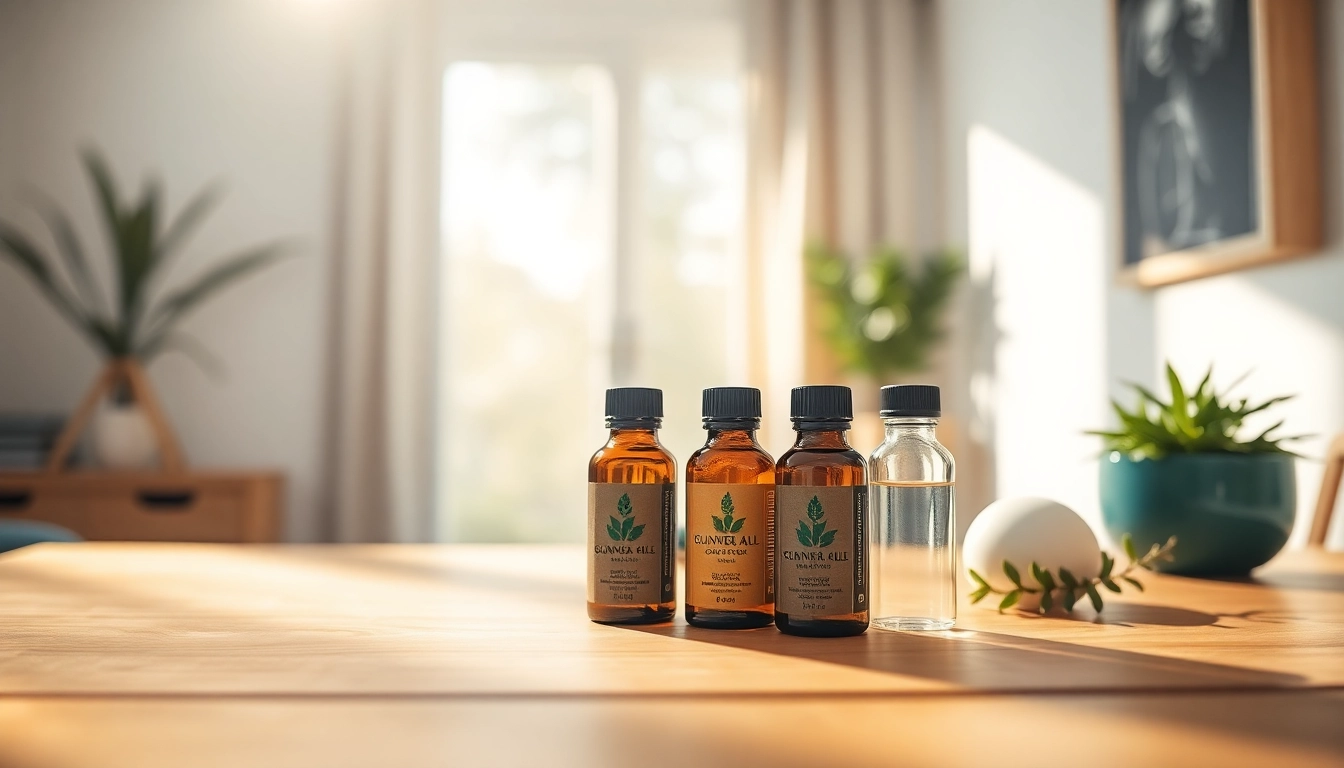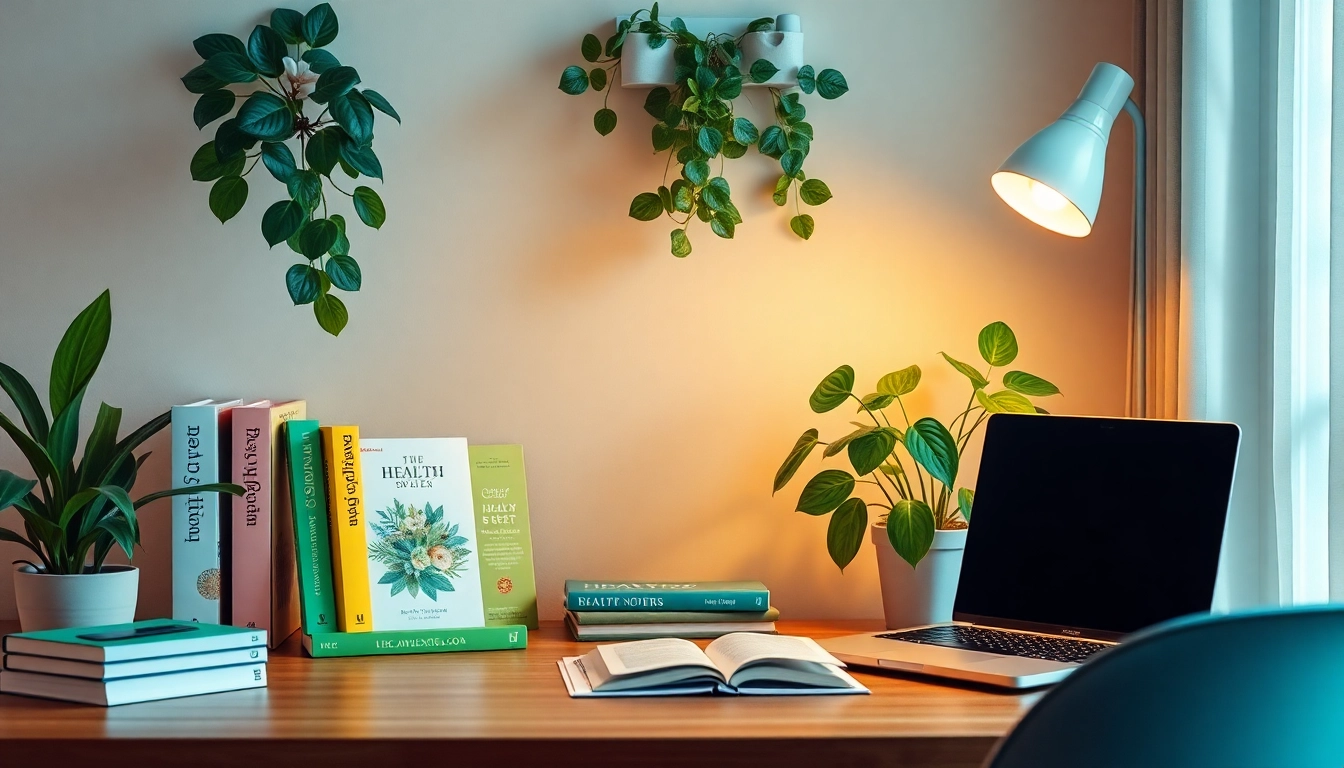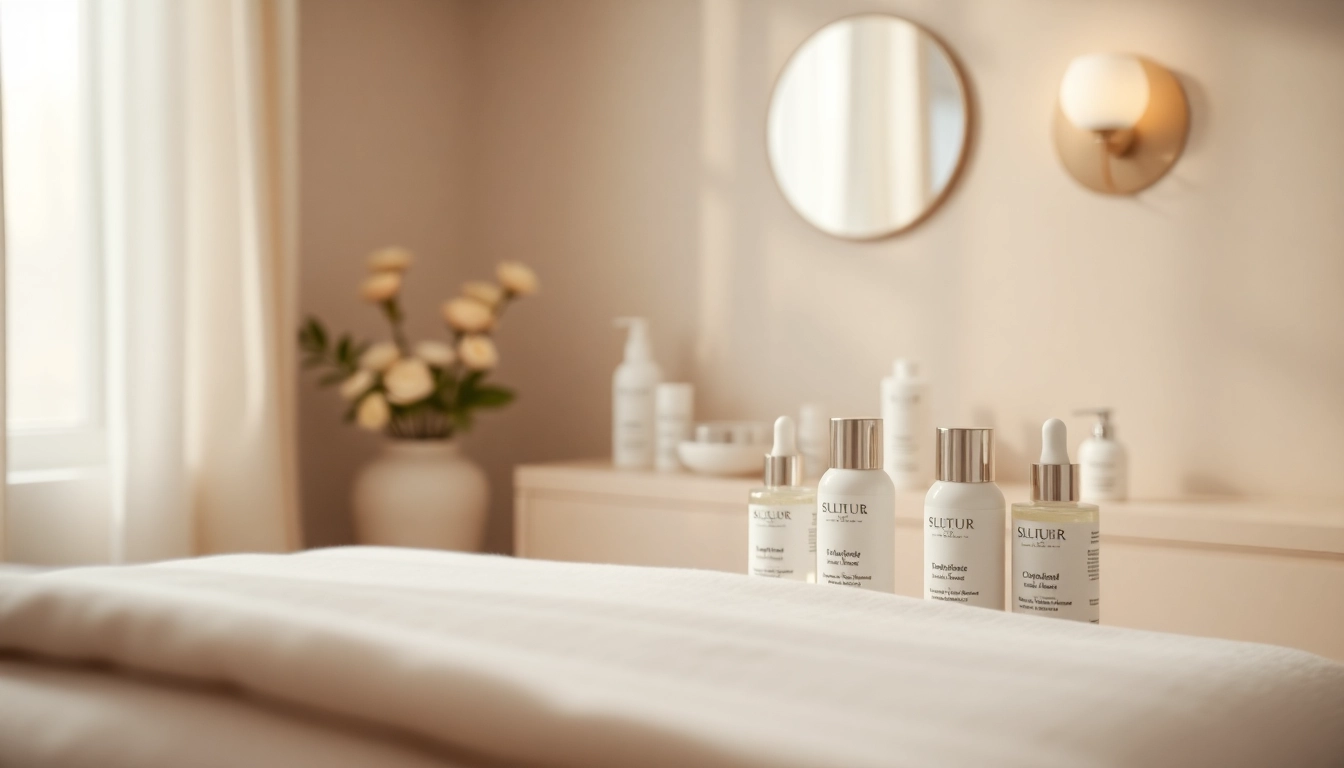Understanding Essential Oils: The Basics
What are Essential Oils?
Essential oils are concentrated plant extracts that capture the natural fragrance and beneficial properties of the plant. They are obtained through various methods such as steam distillation, cold pressing, or solvent extraction. Each essential oil carries a unique profile, contributing not only to its scent but also to therapeutic benefits. From soothing lavender to invigorating peppermint, these oils are rich in chemical compounds that can influence our physical and emotional health.
The Benefits of Using Essential Oils
The popularity of essential oils in modern wellness practices is based on a variety of benefits. Research indicates that essential oils can promote mental clarity, reduce stress, enhance sleep quality, and alleviate physical discomfort. Well-known benefits include:
- Mental Health: Aromatherapy has been shown to effectively reduce symptoms of anxiety and depression.
- Physical Health: Essential oils may help relieve headaches, improve digestion, and support the immune system.
- Natural Alternatives: Many people prefer essential oils as holistic alternatives to chemical-based products.
- Environmental Benefits: Essential oils can replace toxic household cleaners with natural, biodegradable options.
Common Essential Oil Types and Their Uses
There are numerous essential oils available, each with distinct benefits and applications. Here are some common types:
- Lavender: Known for its calming and relaxing properties, it is often used for stress relief and improved sleep.
- Peppermint: This oil is invigorating and is commonly used to boost energy and aid digestion.
- Eucalyptus: With its antimicrobial properties, eucalyptus is often used to relieve cold symptoms and clear airways.
- Lemon: A great deodorizing agent, lemon essential oil is uplifting and can enhance mood while also supporting detoxification.
- Tea Tree: Renowned for its antiseptic properties, it is commonly used in skincare for acne and fungal infections.
How to Use Essential Oils Safely
Methods of Application
Integrating essential oils into your lifestyle can be done in several safe and effective ways:
- Aromatic Diffusion: Using a diffuser to disperse essential oils throughout a room can enhance mood and purify the air.
- Topical Application: Essential oils can be applied directly to the skin, though they often need to be diluted with a carrier oil like coconut or jojoba oil.
- Inhalation: Simply inhaling the oil from the bottle or adding it to a bowl of hot water for steam inhalation can provide quick effects.
Potential Risks and Allergies
While essential oils can offer numerous benefits, they can also pose risks if not used correctly. Some individuals might experience skin irritation, allergic reactions, or other side effects. It’s essential to conduct a patch test before fully applying a new oil and to consult a healthcare provider if pregnant, nursing, or if you have a medical condition.
Recommended Dilution Guidelines
To minimize the risk of adverse reactions, it is important to dilute essential oils properly. The general dilution guideline is:
- For Adults: A 2% dilution (12 drops of essential oil per ounce of carrier oil) is typically safe.
- For Children: A 1% dilution (6 drops per ounce of carrier oil) is recommended.
- For Infants: Always consult a healthcare professional before using essential oils and typically use a 0.5% dilution.
Integrating Essential Oils into Your Daily Routine
Essential Oils for Stress Relief
Using essential oils for stress relief can significantly enhance emotional well-being. Scents like lavender, chamomile, and bergamot are particularly effective in promoting relaxation. You can incorporate these oils in several ways:
- Diffuse during meditation or work hours.
- Add a few drops to a warm bath for a soothing experience.
- Inhale directly from the bottle or from a cotton ball before engaging in challenging tasks.
Boosting Energy with Essential Oils
Need a pick-me-up? Essential oils such as peppermint, lemon, and eucalyptus can provide an energetic boost. Here are some effective methods:
- Inhale peppermint oil for an instant energy surge.
- Use lemon in a diffuser for an invigorating aroma.
- Make an energizing roller bottle mix with your preferred essential oils and apply it to your wrists when needed.
Cleansing Your Space with Essential Oils
Essential oils also serve as natural cleaning agents due to their antibacterial and antiviral properties. Oils such as tea tree, lemon, and eucalyptus can be used for household cleaning:
- Add to homemade cleaning solutions with water and vinegar.
- Use in diffusers for air purification.
- Combine with baking soda for scrubbing surfaces.
Exploring Advanced Techniques in Essential Oil Therapy
Aromatherapy Practices for Beginners
Aromatherapy is an excellent way for beginners to experience the benefits of essential oils. Start with simple practices such as:
- Creating a personal essential oil journal to track your experiences and reactions.
- Participating in guided aromatherapy sessions for insight from practitioners.
- Experimenting with different oils to find blends that resonate with you.
Blending Essential Oils for Custom Solutions
Creating your own essential oil blends allows for tailored experiences. Here’s how to blend safely and effectively:
- Select base, middle, and top notes for a balanced aroma.
- Start with a base oil and slowly add others, testing the scent as you go.
- Keep track of your blend ratios to replicate successful combinations.
Using Essential Oils in Meditation and Yoga
Incorporating essential oils into meditation and yoga can greatly enhance your practice. Techniques include:
- Applying calming oils like sandalwood or frankincense before your practice.
- Using a diffuser with uplifting scents during yoga sessions.
- Creating a relaxing atmosphere with candles and oils to foster mindfulness.
Measuring the Impact of Essential Oils on Well-being
Tracking Changes in Mood and Health
To assess the effectiveness of essential oils in improving well-being, tracking your mood and health changes is beneficial. Keep a daily log of:
- Your mood before and after using essential oils.
- The specific oils used and methods of application.
- Any changes in physical symptoms, including stress, headaches, or fatigue.
Gathering Feedback on Essential Oil Use
Engaging with community feedback can be beneficial. Consider:
- Joining local or online essential oil communities.
- Participating in discussions about personal experiences and recommendations.
- Soliciting feedback from friends and family if using oils within a shared environment.
Case Studies: Success Stories with Essential Oils
Real-life success stories can inspire and validate the effectiveness of essential oils. For instance, many individuals report decreased anxiety after incorporating lavender into their nightly routines. Personal testimonials often highlight the transition to natural remedies for conditions like headaches or insomnia, showing a significant improvement in quality of life.



